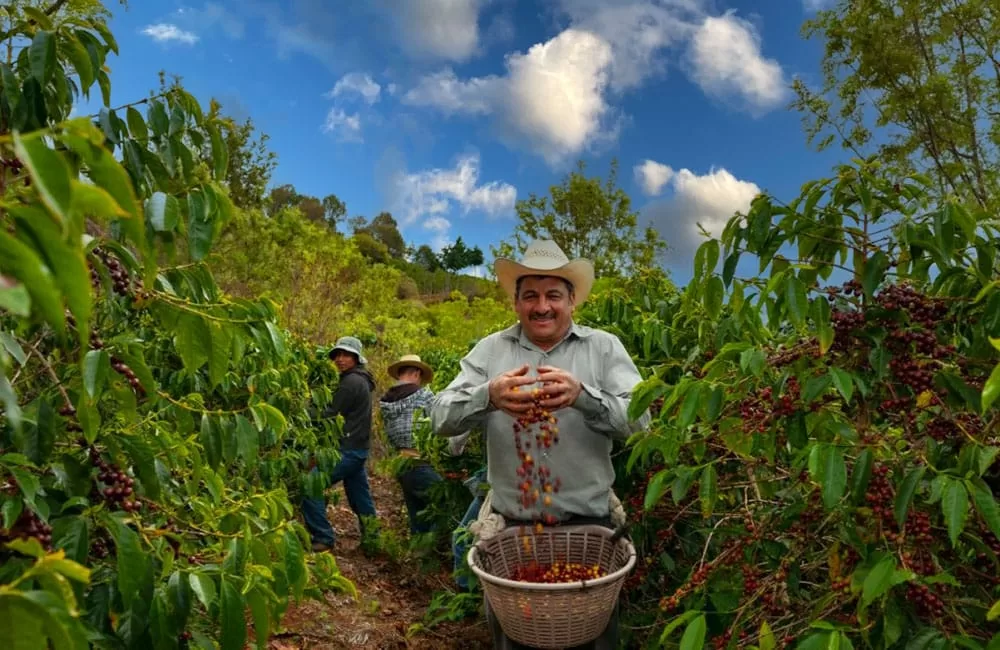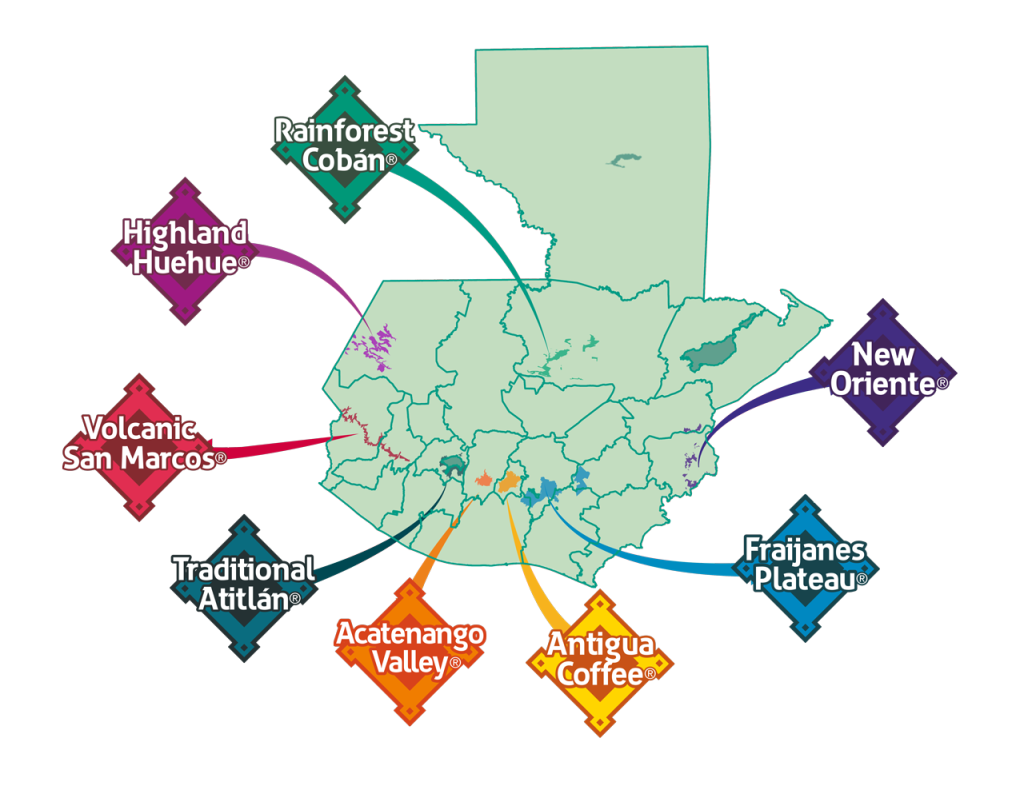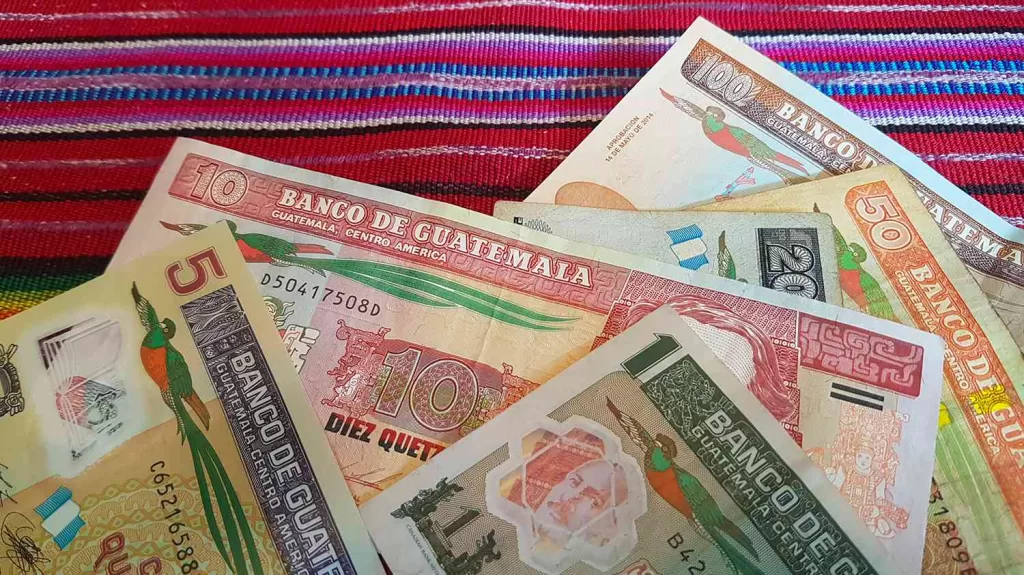Guatemala, a Central American country known for its rich culture, beautiful landscapes, and diverse agriculture, is also a prominent player in the global coffee industry. With its unique coffee-growing regions and high-quality beans, Guatemala has established itself as a leading producer and exporter of coffee worldwide.
Guatemala Coffee History

The history of coffee production in Guatemala dates back to the 18th century when the first coffee plants were introduced to the country. However, it was not until the mid-19th century that coffee production started to flourish in Guatemala. By the early 20th century, coffee had become the country’s most important export, making up a significant portion of its economy.
Over the years, the Guatemalan government has recognized the importance of the coffee industry and has implemented policies to support coffee farmers. In the 1950s, the government established the National Coffee Association (ANACAFE) to promote and regulate the country’s coffee production. ANACAFE has since become a key player in the industry, providing support to coffee farmers and ensuring the quality of Guatemalan coffee.
Guatemala Coffee Regions

Guatemala’s coffee-growing regions are known for their unique characteristics, which contribute to the distinct flavor of Guatemalan coffee. The country has eight coffee-growing regions, each with its own microclimate, altitude, and soil composition. These regions include Antigua, Atitlán, Cobán, Fraijanes Plateau, Huehuetenango, New Oriente, San Marcos, and Rainforest. The most popular and well-known region is Huehuetenango, which is located in the country’s western highlands and produces some of the most exceptional coffee in the world.
The flavor of Guatemalan coffee varies by region, with each region producing coffee with its own unique taste profile. Coffee from Antigua, for example, is known for its chocolatey and nutty notes, while coffee from Huehuetenango has a fruity and floral taste. The diversity of coffee flavors in Guatemala is due to the country’s varied landscape, which includes everything from mountainous terrain to tropical forests.
Coffee Production Impact on the Economy of Guatemala

Coffee is a significant contributor to Guatemala’s economy, with the industry providing employment to over 125,000 people and generating millions of dollars in export revenue. According to the Guatemalan Coffee Association, the country produced over 3.2 million bags of coffee in 2021, with the majority of the coffee being exported to the United States, Europe, and Asia.
Guatemala’s coffee beans are classified based on their quality, with the highest quality beans being classified as SHB (Strictly Hard Bean). These beans are grown at higher elevations and have a more complex flavor profile. In addition, Guatemalan coffee beans are divided into different grades based on their size and shape.
Most of Guatemala’s coffee is exported, but some of the best beans are reserved for local consumption. The most famous and expensive coffee beans in Guatemala are the Antigua Bourbon, Huehuetenango, and Cobán beans. These beans are highly sought after for their unique flavor profiles and are considered some of the best coffee beans in the world.
In conclusion, Guatemala’s coffee industry is essential to the country’s economy and culture. With its rich history, unique growing regions, and high-quality beans, Guatemala has established itself as a leading producer and exporter of coffee worldwide. If you want to experience the delicious taste of Guatemalan coffee, we encourage you to try the Huehuetenango beans. These beans are known for their fruity and floral flavor and are sure to impress any coffee lover.

